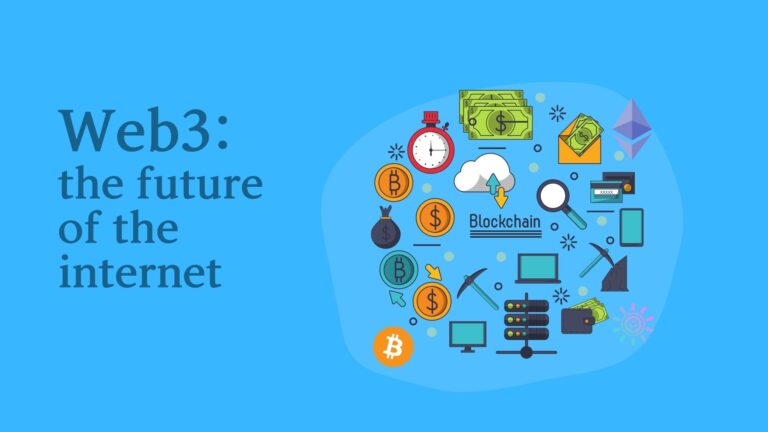Warm Up
—- **FOR NEW STUDENTS**————————————————
- What industry do you work in and what is your role?
- What are your responsibilities in your role/position?
- Can you describe to me the function of your workplace/company?
- How many departments, how many offices. National or International?
- What is the Minimum requirements for employment i.e Education or Experience?
- How many opportunities are there to ‘move up the ladder’?
- What is the process for changing job roles i.e Interview? Test?
——————————————————————————————
General discussion about your workweek:
- Current projects? Deadlines? Opportunities?
- Anything of interest happening?
——————————————————————————————-
Listening
Before the video: Teachers will read the following questions aloud, please prepare for listening!
After the video: Did you get it? If not, please tell your teacher specifically which part you didn’t understand. Let’s review the video again 🙂
- When was this theory developed?
- What are the fourth group called?
- Businesses with rapid growth and innovation are typically called what?
Script
- innovation is such a fascinating topic but how does it actually get adopted?
- believe it or not but in order to answer this question we look back at a theory that was developed more than 50 years ago and it’s called the diffusion of innovation theory
- Everett Rogers the author of this theory proposed five stakeholder groups that explain how innovation gets adopted over time and by different cohorts
- The first group he called the innovators, these are the 2.5% who are out there literally sleeping in front of the shop to buy the innovation the day it comes out without being road tested
- The second cohort is made up of early adopters, roughly 13.5% the early adopters are the immediate second wave, the first pass is over, the product is maturing in its abilities and the early adopters get pleasure and satisfaction out of building usage
- The early majority represent the third group, that is the next 34%. The product becomes widely known and mainstream and the early majority group are those guys who ride this mainstream adoption.
- The fourth group or the so-called late majority is far more cautious they represent roughly 34% and will wait typically for decline in pricing until first hiccups are ironed out and only then will adopt the innovation
- at the very tail end the fifth and final group consists of so-called Laggards. Laggards are the most reluctant but finally they will get over the line and make up roughly 16% think about Laggards as those guys who only now sign up for an e-banking or maybe the Internet
- if you met these five cohorts of the diffusion of innovation theory over time and according to these percentages it will form a bell curve. If you now sum up this information across the bell curve you reach the well-known s-curve. The s-curve in four stages describes how innovation is adopted in terms of the speed of adoption
- at the very first stage while there is a very low growth we see almost every start up entrepreneur on this planet. A lot of trial and error, a lot of prototyping and many of these innovations will never see the light.
- If an innovation takes off it ideally takes off in an exponential fashion, exponential growth is what we see right now in many solutions for example uber and airbnb with rapid growth rates and typically then we call them disruptive innovations
- once exponential growth is over we enter this stage of slowing growth and after that we see a plateauing, examples for plateauing over the last five years were analog photography or our DVD players.
- so you can see how the diffusion of innovation theory, the five cohorts, can be mapped to the s-curve and allows us to understand who, in what sequence and at what speed adopts innovation.
Key Words and Phrases
- innovation = a new method, idea, product, etc
- diffusion = the spreading of something widely / Diffuse = spread widely and not focused, not clear.
- proposed = put forward a plan or suggestion
- stakeholder = a person with an interest or concern in something
- cohorts = a group of people with a shared characteristic ( feature or quality that gives a way of identifying them)
- literally = exactly, true, reality. Figuratively = not reality, an expression. “I’m dead tired”
- maturing = growing, developing
- mainstream = the ideas, attitudes, or activities that are shared by the majority and are seen as normal
- ride = become a part of / take part in
- so-called = something commonly referred to as this name
- cautious = avoid potential problems or dangers
- hiccups = a temporary or minor problem or setback.
- ironed out = to finished something by solving problems or taking care of details.
- reluctant = unwilling and hesitant
- get over the line = finish, complete, reach a point. “Crosed the line” = said something unacceptable
- trial and error = experimenting with different methods until one finds the most successful.
- prototyping = the first version of a product or business
- never see the light of day = something that will never be finished, published, released, or born
- takes off = something that quickly becomes popular ( rockets take off, taking off after someone is to chase them )
- ideally = in the best possible way; perfectly. preferable
- exponential = the increase of something becoming more and more rapid.
- fashion = the way something is done
- typically = usually, most common
- disruptive = causing an interruption or disturbance
- plateauing = reach a state of little or no change after a period of activity or progress.
Discussion
- Have you ever been an innovator as described in the video, someone who lines up for a product? or ever been apart of a testing process?
- What group do you think you are most commonly attributed to as a consumer?
- Consider the customers of your business, how does this method apply to them?
- Examples of disruptive innovations were Uber and Airbnb What has their effect been on the existing industries? Can you name any other Disruptive innovations?
- – Netflix?
- – Virtual Reality?
- – Crypto Currency?
- – 3d printing?
- Two examples of plateauing were analog photography and the DVD market, can you think of others?
- – Niche markets
- – cyclical popularity
01:45 so-called legate’s Lagarde’s are the
02:33 the light if an innovation takes off it
02:36 ideally takes off in an exponential
03:15 adopts innovation



